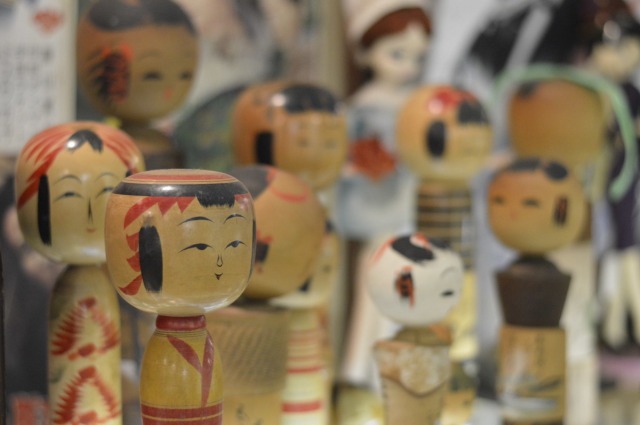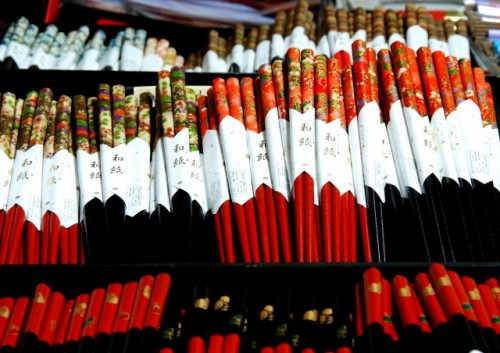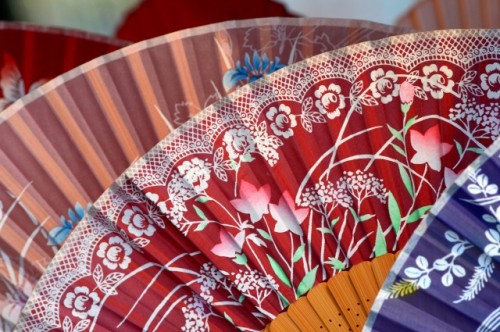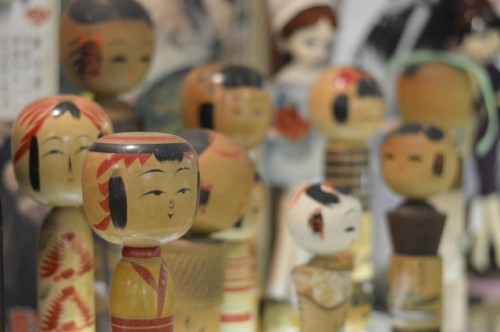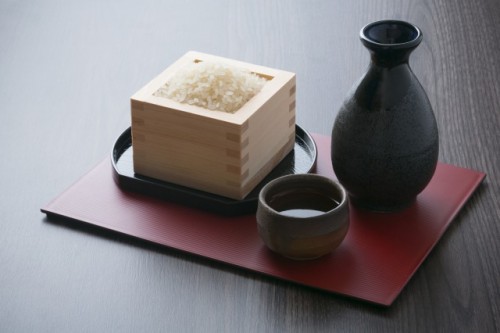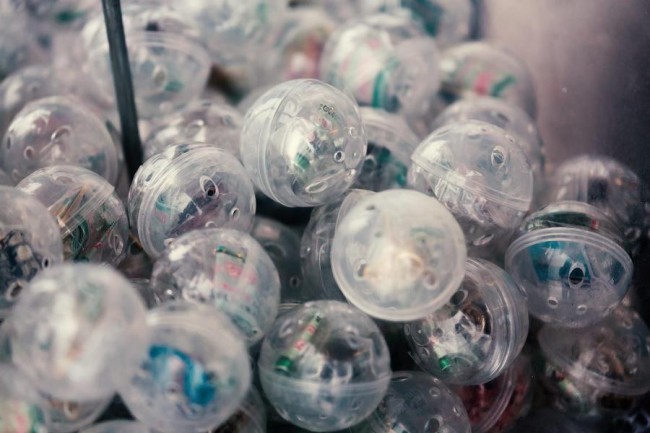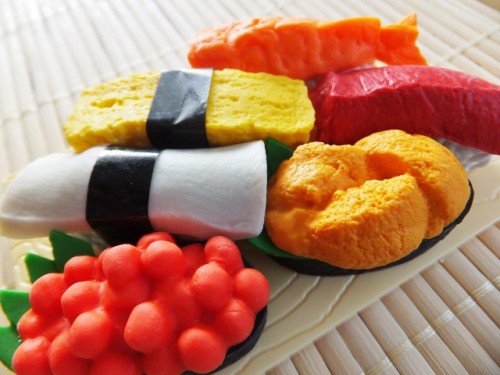Souvenirs, or omiyage in Japanese, are the perfect way to bring something back to your country beyond the photographs and dozens of wonderful stories you can remember and tell your friends and family.
One of the Japanese Tradition, What is Omiyage?
The Japanese tradition of omiyage entails that every time someone makes a trip, as close as it could be, it is considered as good manners to bring something back to your relatives and even your place of work. The omiyage is often a product the region you visited is renowned for making the sheer amount of options (beyond the common postcards, fridge magnets, chopsticks and fans with folk motifs) offered on the Japanese market somewhat overwhelming. To help you make a good impression I have prepared you a list of what to think of taking into consideration the different styles and without spending a lot which will surely save you a headache while leaving plenty of time to enjoy yourself.
Kokeshi, Good Selections to Your Elders
For omiyage to your elders, such as your grandparents or perhaps parents, who might even helped you out with some pocket money, are perhaps the most important family members so let us start out not letting down. For them the keyword “traditional” easily comes to mind. Alongside the known wooden hand-painted dolls (kokeshi), there are several shops where you can find textiles of the highest quality (table runners, scarves, towels or decorative flags) with Japanese prints or themes related to nature, in very entertaining colors. Other omiyage options are places with ancient Oriental silverware that has never been used, yet has a stunning handmade rustic beauty. Pottery and tableware, such as small hand-painted plates, cups for sake (popular alcoholic drink made from fermented rice) or even a teapot for green tea (the favorite among the Japanese), are some other great examples to amaze them with.
Sake, Good Selections to Middle-Aged Person
For middle-aged people you have even more omiyage options available to you. Spirits, such as sake, shochu and even hoppy (supplement of beer), have attained the status of being a social lubricant in the Japanese structured society and are a good example of local flavors. For those who enjoy spending time cooking, a good supply of Japanese seasonings like shichimi (a mix of seven traditional spices) special soy sauce (made with oyster extract for cooking or making sushi), original wasabi (avoiding those common green lumps), dashi (fish stock to prepare broth) and spicy mustard to accompany dishes (karashi) greatly expand the amount of recipes for them to try to make at home.
Gachapon, for Younger Family
Younger family members whether they are your siblings, cousins or nephews as well as friends will smile beyond belief when presented with small yet unique gifts, such as gachapon, which do not require you to spent too much money.
Gachapon is a small figurine of countless different themes (Nintendo characters, miniature Japanese foods, animals doing unusual things, etc.) found inside a machine in plastic spheres which you can buy by inserting ¥ 100 or more depending on what you would like. One collectible that can be found in many places, including the video game arcades and even the subway stations, are the famous and popular. Although I have to warn you a bit as once you start, it becomes very addictive and my personal collection has actually become quite large! As an omiyage, gachapon are quite interesting, original and unusual beyond the obvious presence of everything related to anime and manga (books, magazines, clothing, collectible figures, etc.) so I will not delve too much into that.
Another Omiyage Idea
Another omiyage idea are sampuru (サンプル, sample), plastic replicas of food, which you will often see in the display window next to the entrance of restaurants with the aim of showing by passers the dishes offered on the menu. These plastic hand-painted replicas are nicely detailed and have an artistic efficiency you will appreciate when looking at them with the added effect of instantly increasing your appetite. A bowl of ramen (traditional soup with noodles and pork broth) might be a bit too big and heavy, but a portion of sushi, Japanese sweets and many other elements of Japanese cuisine are an unexpected gift that allow you to continue telling your stories about the trip. Some are even converted into key chains!
Traveling in Japan is a great experience and I am convinced that share that feeling with an omiyage with those who have stayed at home is very nice. Luckily, regardless of the destination you choose to go in the Japanese archipelago, the options for omiyage are almost limitless, which will make your task easier and actually enjoyable. At the end of your trip you may realize that after visiting all the places you had planned to go to (museums, neighborhoods, temples, etc.) but you are still missing several omiyage. Well no need to despair! In almost every station and of course at the airports, you will find gift shops with general souvenirs that are by no means of lower quality. At these gift shops you will also find a variety of desserts (chocolate, sweets, all delicious) and crafts that can be a real lifesaver for those times when you absolutely do not know what to buy in particular.


